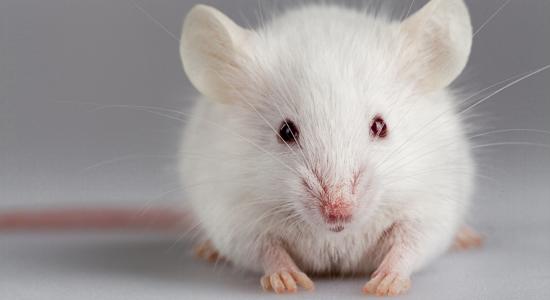Animal Testing
Right or Wrong?

November 6, 2015
The term “animal testing” refers to procedures performed on living animals for purposes of research into basic biology and diseases, assessing the effectiveness of new medicinal products and testing the human health and/or environmental safety of consumer and industry products such as cosmetics, household cleaners, food additives, pharmaceuticals and industrial/agro-chemicals. Some people like animal testing because it is carefully controlled and is a safe way to test products. Others say it’s animal cruelty and in practically unlawful.
Today we continue to experiment on animals for our daily use of survival, animal testing is responsible for the development of asthma inhalers and all veterinary research has relied on the use of animal research, but 92% of experiments that are safe and effective in animals, fail in human clinical trials because they do not work or are dangerous. A question we should ask ourselves is, it really worth the money, time and pain if there will not be positive and effective results? Companies such as L’Oreal, Listerine, Maybelline, Tide and Kleenex all use animals to test their products. Even when valid alternatives to animals are available, the law does not require that they be used. Animal Welfare Act (AWA), a federal law that addresses the standard of care animals receive at research facilities, excludes roughly 95% of the animals tested upon (such as rats, mice, birds, fish, and reptiles) and provides only minimal protection for the rest. Labs are not required to report non-AWA protected animals. Although the animal rights activists claim that people and animals are equal and thus they should be treated equally, others think that people and animals are not, and therefore the death of an animal is not the same as the death of a person.
“Cigarette smoke, asbestos, arsenic, benzene, alcohol and glass fibers are all safe to ingest, according to animal studies,” said Kathy Archibald, a researcher in drugs and toxins. She continues, “Of 22 drugs shown to have been therapeutic in spinal cord injury in animals, not one is effective in humans.”
Each year, more than 100 million animals; including mice, rats, frogs, dogs, cats, rabbits, hamsters, guinea pigs, monkeys, fish and birds, are killed in U.S. laboratories for biology lessons, medical training, curiosity-driven experimentation and chemical, drug, food, and cosmetics testing. Animals are different than humans, our brains think and act differently, and therefore the results can be inconclusive after testing because our biology is not the same. Our brain is capable of much more complex thought processes. We have the ability to apply what we’ve learned and are even able to imagine and come up with new applications for previously learned concepts or ideas. We can stop testing on animals and use the experiments on the advanced technology we have today. With our current involvement in technology and science, we could dismiss animal testing and form other ways to preform experiments. Harvard’s Wyss Institute has created “organs-on-chips” that contain human cells grown in a state-of-the-art system to mimic the structure and function of human organs and organ systems. Human patient simulators create the effect of having a living, breathing, human being, and it is safe for the scientists. Over 100 million animals are burned, crippled, poisoned and abused in US labs every year.
Every life on this planet matters and the earth is rich with living creatures. Can we all not get along?


Amy Fernandez • Sep 5, 2024 at 2:32 am
Hey guys